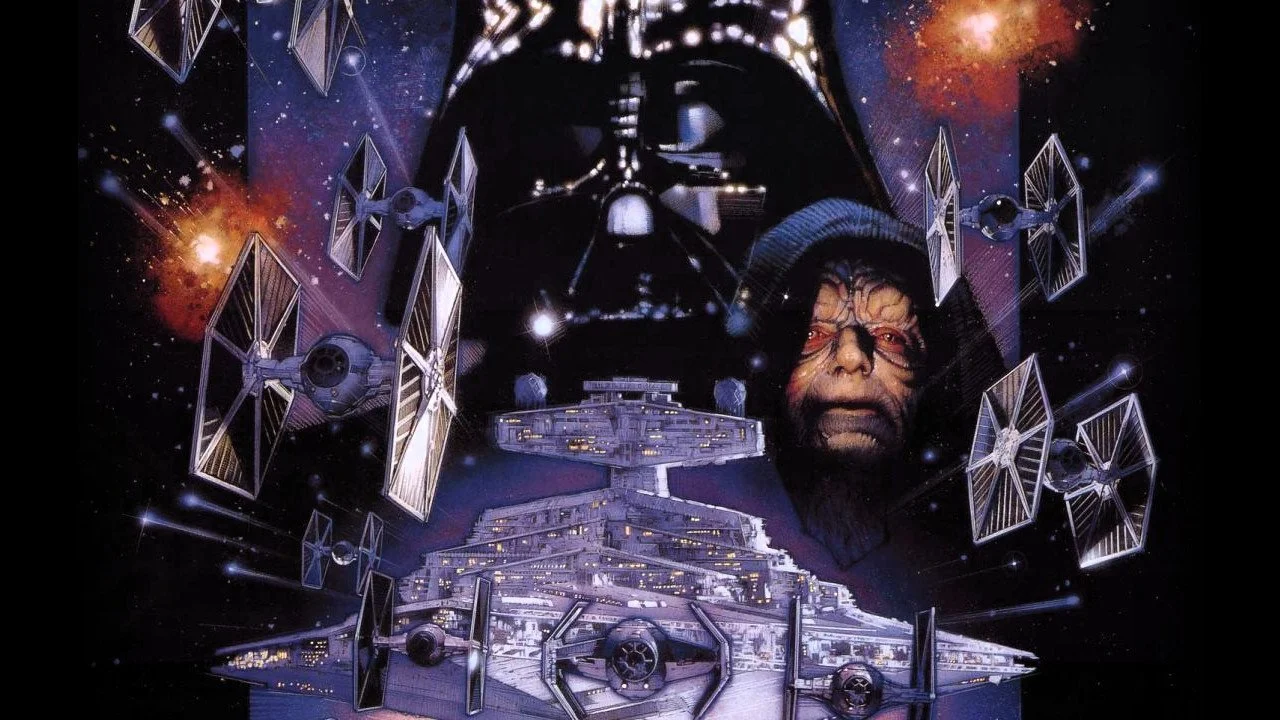Why The Disney-Era Is The Most Cohesive ‘Star Wars’ Has Ever Been
Image Source: Vanity Fair
The Disney era of Star Wars has had its issues with storytelling. I think most fans would agree with that. But in general, the franchise is more cohesive and guided under the house of mouse than it ever was with George Lucas. I’m going to use this article to convince you of that fact.
First, let’s take a look at the movies. A big reason The Rise of Skywalker gets the backlash is it makes a ton of retcons, making it look like it wasn’t being faithful to the story of The Last Jedi. But if we’re being honest, retcons are nothing new to Star Wars. Darth Vader and Anakin Skywalker being the same character, is a retcon. Luke Skywalker and Princess Leia being siblings is a retcon.
RELATED:
These swerves in storytelling create rather dramatic on-screen moments but at the cost of continuity, such as Obi-Wan Kenobi lying’ to Luke Skywalker about his father’s true origins or the cringe-inducing kiss between Leia and Luke. The problems with the original canon arguably stem from the fact that Lucas never intended to make more Star Wars movies after the original. A New Hope was released in 1977, and at the time, it was known only as Star Wars. It wasn’t until the 1981 re-release that it was retitled A New Hope, and Episode IV was added to the opening crawl.
Of course, the runaway success of the first Star Wars movie changed all that, but the fact that Lucas wasn’t planning on making more Star Wars films says to me there couldn’t have been an overall vision for a trilogy. This is backed up by all the retcons we see in episodes V and VI.
When we look at the Disney sequel trilogy, there is a clear vision from the first movie through to the last. The crux of the films is the story between Rey and Kylo Ren and the evolution of their relationship. Each film adheres to this through-line and adds new wrinkles to it. As a result, you can see a well-thought-out arc for these characters that were planned out from the beginning.
Even the Star Wars side-story films show great adhesion to canon. For example, Solo: A Star Wars Story chose to show a returned Darth Maul in the film’s closing scenes. Darth Maul initially returned from the dead in The Clone Wars TV show. It might have been an easier decision to keep Maul dead. Not every Star Wars fan has seen The Clone Wars, and his ‘death’ in The Phantom Menace is much more well known than his return. But by showing he is still alive, Disney tells us that The Clone Wars matter and has had a meaningful impact on the overall Star Wars story.
Image Source: IMDB
Disney has also put out several Star Wars TV shows by this point. When you include shows like Visions and Rebels, the series count is higher now than it has ever been in the past. But amazingly, Disney has managed to keep a high level of cohesion between all these projects.
In The Mandalorian, characters from a wide range of Star Wars media appear, such as Ashoka Tano and Bo-Katan from The Clone Wars and Boba Fett, and Luke Skywalker from the original trilogy make appearances. Again, this shows the willingness of the showrunners to tie The Mandalorian to the greater Star Wars mythos.
This allows a broader audience to meet and invest in these characters before their own individual shows come out. The Mandalorian’s Din Djarin even appeared in The Book of Boba Fett. All this cross-pollination of characters between series adds enormous cohesion to all these projects.
Disney has also, in my opinion, kept a much closer eye on the expanded universe canon than Lucas ever did.
A massive amount of Star Wars media came out before the Disney buyout, like novels, comic books, and video games. Lucasfilm approved all these projects, but when Lucas wanted to create some new Star Wars media, which had already been covered in the EU, he would often ignore what other writers had done. This, of course, is fair enough, as Star Wars was his creation, and he was the sole owner then. But it created a sense of meaninglessness in these projects as if they took place in a different universe to the mainline or timeline Star Wars films.
Disney did the right thing in de-canonising all these old books and games. It allows them to start fresh. Indeed, many old expanded universe media contradicted each other’s stories, let alone future movie releases.
Image Source: screenrant
This has allowed Disney to control current Star Wars media much tighter. This means showrunners have access to characters like Cobb Vanth, who was initially created by Chuck Wendig for his novel Aftermath, to appear in Disney+ shows The Mandalorian and The Book of Boba Fett. This is a much higher level of cohesion than the old expanded universe ever had.
Because of these elements, I feel much more confident that a character like Cal Kestis (Jedi: Fallen Order) will eventually turn up in another live-action project than I did of Starkiller (The Force Unleashed 1 and 2) turning up in other media. This means the story of Kestis already feels more meaningful to me than Starkiller ever did.
The Disney era of Star Wars has somewhat of a bad reputation regarding storytelling and continuity. But here, I hope to have shown that underneath the surface, Disney Star Wars is a well-oiled machine, with strong guiding forces and overarching visions linking projects together in a way only seen outside of Star Wars by Marvel Studios (another Disney property, which is perhaps unsurprising), and certainly much more cohesive Lucas-era Star Wars ever was.
READ NEXT:





